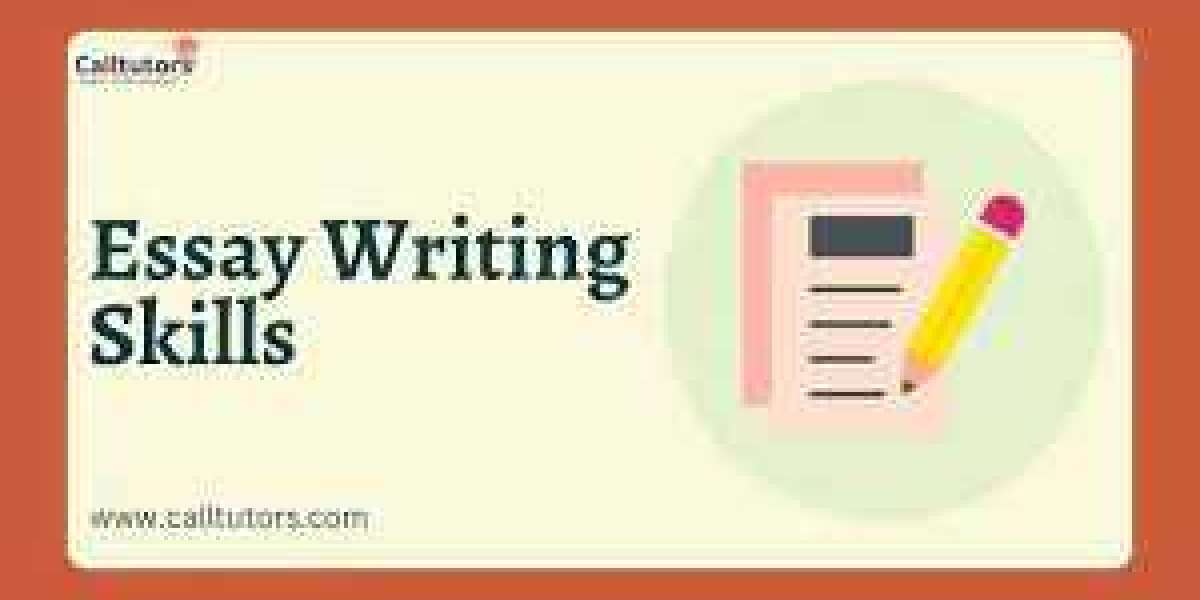In the realm of academic writing, clarity, and precision are paramount. The Norton Field Guide to Writing stands as a beacon for writers, providing a comprehensive and user-friendly resource that navigates the intricacies of effective communication. Developed by Richard Bullock and Maureen Daly Goggin, this guide has become a staple in classrooms and writing centers, offering invaluable insights for both novice and experienced writers alike.
The Norton Field Guide to Writing, with its 6th edition being the latest testament to its norton's field guide to writing enduring relevance, is a treasure trove of information on the art and craft of writing. The guide is designed to assist writers at every stage of the writing process, from brainstorming and drafting to revising and editing. It addresses various genres of writing, from academic essays to argumentative papers, ensuring that writers are equipped with the skills necessary for success in diverse writing situations.
One of the strengths of Norton's Field Guide is its emphasis on real-world writing scenarios. The guide doesn't just dwell on theoretical concepts; it provides practical advice that writers can immediately apply to enhance their writing. It tackles the challenges faced by writers head-on, offering strategies for overcoming writer's block, developing strong thesis statements, and incorporating evidence effectively. The guide also pays attention to the nuances of language and style, helping writers refine their prose and communicate their ideas with precision.
As writers delve into the content, it becomes evident that the Norton Field Guide is more than just a writing manual; it's a comprehensive learning tool. The guide is replete with examples, exercises, and annotated student essays that serve as instructive models. By engaging with these resources, writers can actively hone their skills and gain a deeper understanding of the principles discussed in the guide. The inclusion of visual elements and multimedia resources further enhances the learning experience, catering to different learning styles.
For those navigating the complex landscape of in-text citations and bibliographies, the Norton Field Guide to correct mla in text citation Writing serves as a reliable compass. In accordance with the Modern Language Association (MLA) guidelines, the guide provides clear and concise instructions on how to cite various sources within the text. Understanding the importance of proper citation, the guide demystifies the intricacies of MLA formatting, ensuring that writers avoid plagiarism and give credit where it is due.
For the 6th edition of the Norton Field Guide to Writing, the MLA citation format follows the standard structure. In-text citations include the author's last name and the page number in parentheses, while the bibliography entry includes the author's name, the title of the work, the publication information, and the medium of publication. The guide meticulously details the citation formats for a range of sources, from books and articles to online resources, providing writers with a handy reference for all their citation needs.
In conclusion, Norton's Field Guide to Writing is an indispensable companion for writers seeking to navigate the complexities of the norton field guide to writing 6th edition mla citation the writing process. With its user-friendly approach, real-world examples, and comprehensive coverage of MLA citation, the guide empowers writers to communicate effectively and ethically in a variety of writing contexts. As a beacon of clarity and guidance, the Norton Field Guide continues to be a valuable resource for anyone committed to mastering the art of writing.








